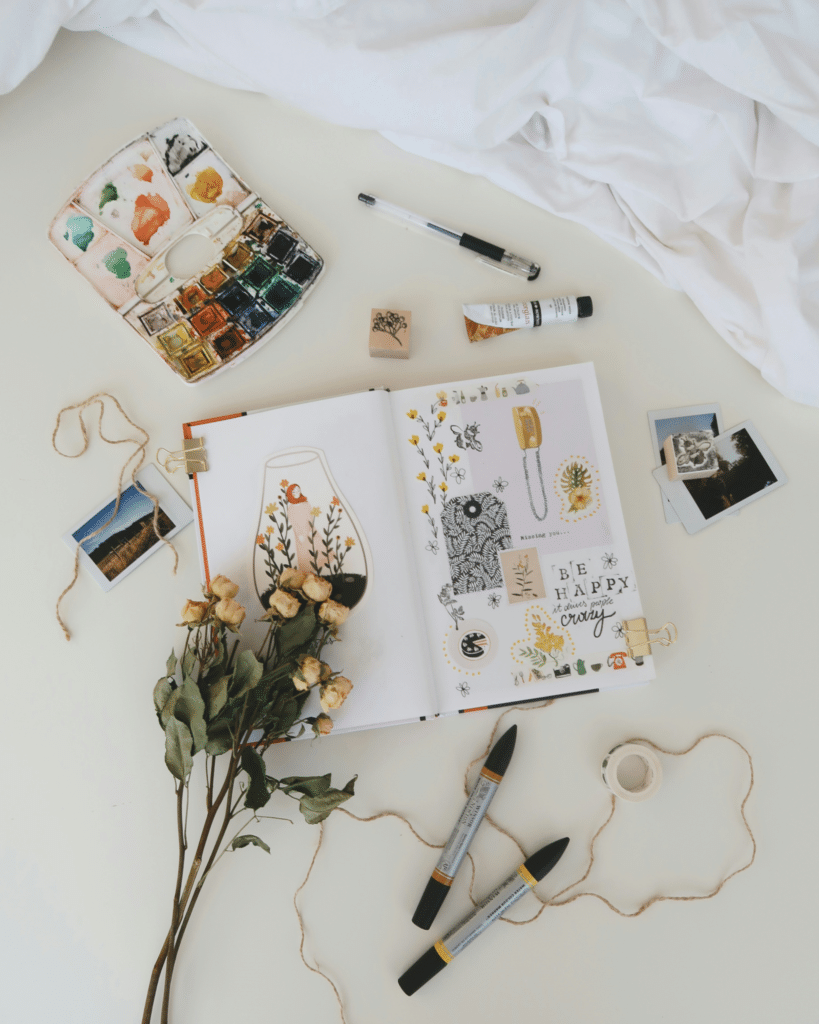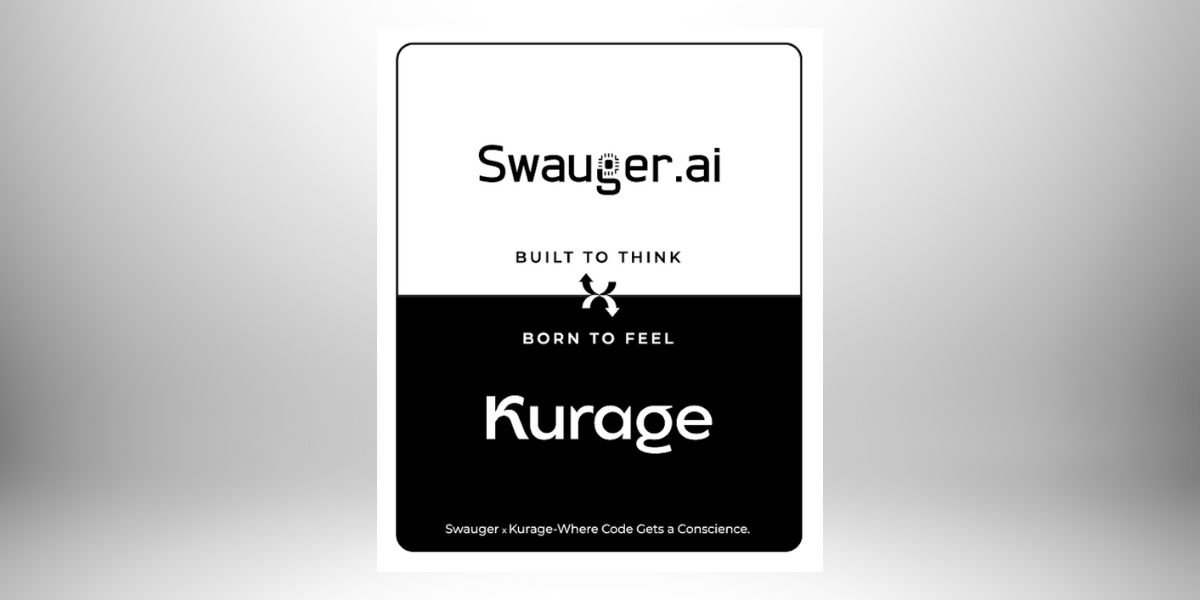By: Liam Gallagher
Art has long been recognized as a powerful medium for expression, but its role in healing goes far beyond mere aesthetics. In the world of art therapy, creativity becomes a conduit for emotional and psychological well-being. Oracle Kaia Ra, spiritual leader and Author of The Sophia Code, delves into the transformative potential of using art as a therapeutic tool.
From ancient civilizations to modern times, the healing properties of art have been acknowledged across cultures. It wasn’t until the 20th century that art therapy emerged as a formal practice, blending psychological principles with artistic expression. Today, it stands as a dynamic field, offering a unique avenue for individuals to explore their inner worlds and navigate the complexities of human experience.
Through painting, drawing, sculpting, dancing, acting, and other forms of creative expression, individuals can tap into their subconscious, process emotions, and gain insights into their mental health. Kaia Ra lends her exceptional insight to exploring the profound impact of art on the journey toward healing and self-discovery.
Understanding Art Therapy and Healing through Art
Art therapy is a specialized form of mental health treatment that utilizes the creative process of making art to improve and enhance the emotional, psychological, and social well-being of individuals. Fundamentally, it operates on the principle that artistic expression can serve as a powerful tool for communication and self-exploration.
Unlike traditional talk therapy, where verbal dialogue is the primary mode of communication, art therapy allows individuals to express themselves non-verbally through various art mediums such as painting, drawing, sculpting, and collage-making. This non-verbal aspect of art therapy can be particularly beneficial for individuals who find it challenging to articulate their thoughts and feelings verbally.
The art therapist plays a pivotal role in guiding and facilitating the therapeutic process. They create a safe and supportive environment where clients can explore their inner worlds through art. Additionally, art therapists are trained to interpret the symbolic meanings behind the artwork, providing insights into the client’s emotions, experiences, and subconscious thoughts. Through this collaborative process, individuals can gain self-awareness, process unresolved emotions, and work towards personal growth and healing.

Photo: Unsplash.com
The Psychological and Healing Benefits of Creating Art
Engaging in artistic activities offers a myriad of psychological benefits that contribute to overall well-being.
“Creating art is a profound medium and vehicle for personal healing,” says Oracle Kaia Ra. “Creativity is a mindset that offers us a bridge to our most inner selves, allowing for a form of transcendent expression that words often cannot capture. Through the act of creating, we can tap into the deepest wells of our being and discover compassion for what we survived. Our soul’s artistic expression is a natural resource that we can turn to for a profound sense of peace as we recover our sense of self from the effects of trauma.”
Creating art promotes relaxation and stress reduction by shifting focus away from worries and distractions toward the present moment. Immersing oneself in artistic endeavors can induce a state of flow where time seems to suspend and worries dissipate. This meditative quality of artmaking fosters a sense of calmness and inner peace, providing respite from the demands of everyday life.
Art has the potential to facilitate emotional healing by allowing individuals to process and release pent-up emotions in a safe and constructive manner. Whether through painting, drawing, or sculpting, creating art can serve as a cathartic outlet for emotional expression, helping individuals confront and navigate their inner turmoil. Overall, the psychological benefits of engaging in artistic activities are profound, offering a holistic approach to self-care and personal growth.
Art Therapy Techniques and Approaches
Art therapy sessions encompass a diverse array of techniques and approaches tailored to meet the unique needs and preferences of individuals. One fundamental aspect involves selecting appropriate art mediums and materials that resonate with the client’s interests and therapeutic goals. Whether it’s painting, drawing, collage-making, or sculpting, the choice of medium plays a crucial role in facilitating self-expression and exploration.
“In the silence of meditation, we find the whispers of our soul guiding us towards our true essence,” says Oracle Kaia Ra. “This sacred practice allows us to disconnect from the chaos of the external world and connect with the infinite wisdom and peace that lies within. It is here, in this inner sanctuary, that we discover the true power of our higher selves.”
By creating art based on these visualizations, individuals can delve deeper into their subconscious and unearth insights into their psychological landscape. Mandala creation is another popular method utilized in art therapy, offering a structured and symbolic framework for self-expression and reflection. The circular nature of mandalas represents wholeness and unity, providing a meditative space for individuals to explore themes of balance, harmony, and inner peace.
Narrative storytelling through art allows clients to construct visual narratives that reflect their personal experiences, aspirations, and challenges. By externalizing their narratives through artistic expression, individuals can gain perspective, process emotions, and rewrite their stories in empowering ways. Overall, the diverse range of art therapy techniques and approaches offers a rich tapestry of possibilities for self-discovery, healing, and growth.
Applications of Art in Healing
Art therapy’s versatility extends across a wide spectrum of populations and settings, making it a valuable tool in various fields of mental health and well-being. Within clinical settings, art therapy is integral to mental health treatment, offering a non-intrusive avenue for individuals to explore and process their emotions, experiences, and traumas. It provides a safe space for clients to confront and navigate complex psychological issues under the guidance of trained art therapists.
In the realm of trauma recovery, art therapy emerges as a powerful modality for facilitating healing and resilience. Through creative expression, individuals can externalize their trauma narratives, reclaim a sense of agency, and embark on a journey of empowerment and self-discovery.
“Living from the space of our Higher Self allows us to navigate life with grace and wisdom. It is not about escaping the world but engaging with it from a place of deep inner alignment. When we act from this space, our decisions, interactions, and creations are infused with the essence of our truest selves, leading to a life that is not only fulfilling but also profoundly impactful,” says Kaia Ra.
Whether it’s recovering from physical injuries, coping with neurological conditions, or navigating substance abuse recovery, art therapy offers a holistic approach to healing that integrates mind, body, and spirit. By providing a means of expression and coping, art therapy equips individuals with valuable tools for managing symptoms and fostering resilience. The diverse applications of art therapy underscore its significance as a transformative force in promoting mental health and well-being across diverse populations and settings.
Published By: Aize Perez











